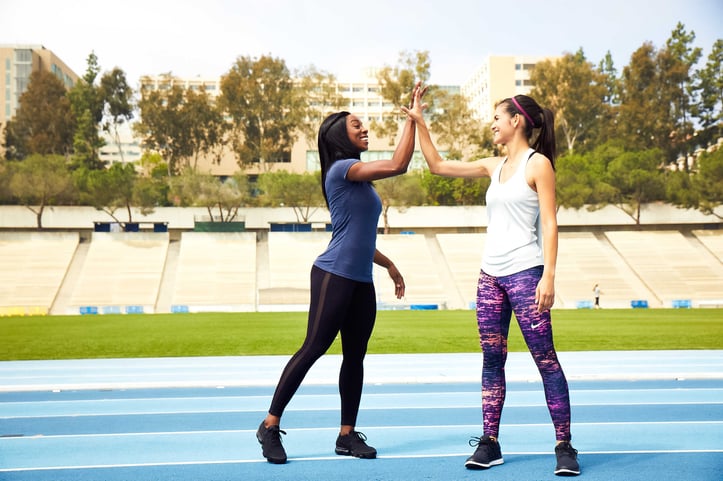Thoracic Outlet Syndrome (TOS): Why Fitness Enthusiasts Need to Know About This Hidden Pain
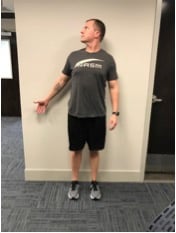
Thoracic Outlet Syndrome (TOS): Why Fitness Enthusiasts Need to Know About This Hidden Pain
If you’ve ever felt tingling in your hands during a heavy bench press, or lingering numbness after hours of rowing, you might be brushing up against a condition many active people overlook: Thoracic Outlet Syndrome (TOS). Far more than "just muscle tightness," TOS can derail your gains—or worse, your long-term health. Let’s unpack what it is, why it matters to your fitness journey, and how to stay ahead of it.
What Exactly is TOS?
TOS occurs when nerves or blood vessels (the brachial plexus, subclavian artery, or vein) get compressed in the "thoracic outlet"—the narrow space between your collarbone, first rib, and neck muscles. Mayo Clinic classifies three types:
- Neurogenic TOS (90% of cases): Nerve compression causing tingling, weakness, or pain in the arm/hand.
- Vascular TOS: Rare, involving artery/vein compression (swelling, discoloration).
- Disputed TOS: Controversial cases with vague symptoms.
For fitness folks, neurogenic TOS is the primary concern—especially if you train shoulders, back, or do repetitive upper-body work (think CrossFit, powerlifting, or even cycling).
Why Fitness Enthusiasts Are at Risk
You’d think strong muscles protect you—but overdeveloped or imbalanced ones can cause TOS. Here’s how:
1. Muscle Overdevelopment (Yes, Too Strong)
The scalene muscles (neck stabilizers) and pectoralis minor (chest) are frequent culprits. A 2021 study in the Journal of Orthopaedic & Sports Physical Therapy found that lifters with TOS often have hypertonic (overtight) scalene muscles from heavy overhead pressing or poor form during upright rows.
2. Repetitive Motion Damage
Rowing, pull-ups, or even high-volume bicep curls create micro-trauma to soft tissues. Over time, this can thicken muscle or scar tissue, narrowing the thoracic outlet. NASM (National Academy of Sports Medicine) notes that "rounded shoulder" postures—common in desk workers and lifters who neglect back flexibility—exacerbate this compression.
3. The "Hidden" Posture Trap
Ever finish a deadlift session with your shoulders hunched forward? Chronic forward head or rounded shoulders (from gym and screen time) shortens chest muscles and elevates the first rib—squishing the thoracic outlet like a clamp.
How to Tell If It’s TOS (Not Just Soreness)
TOS symptoms often mimic regular workout fatigue, but watch for these red flags (per Harvard Health):
- Persistent numbness/tingling in the pinky/ring finger (nerve-specific pattern).
- Weak grip strength (e.g., dropping weights more than usual).
- Cold hands during/after exercise (reduced blood flow).
- Pain that worsens with overhead movements (push press, handstands) or improves when resting arms above head.
Key distinction: Muscle soreness fades in 48-72 hours; TOS symptoms linger or get worse with activity.
5 Science-Backed Strategies to Prevent & Manage TOS
1. Fix Your "Default" Posture
Start with the Wall Angel Test: Stand with heels, glutes, shoulders, and head against a wall. Slowly raise arms like a snow angel, keeping elbows/wrists touching the wall. Struggling? Your chest/shoulder mobility needs work. Do 2-3 sets of 10 daily to retrain upright posture.
2. Stretch the "Compressors"
- Pec Minor Stretch: Stand in a doorway, elbow at 90°, forearm on the doorframe. Gently step forward until you feel a stretch under the collarbone (hold 30s, 3x).
- Scalene Release: Sit tall, tilt head to the right, then gently rotate left (like looking at your armpit). Use two fingers to press lightly into the side of your neck (between sternocleidomastoid and trapezius) and hold 20s. Repeat on left.
3. Balance Your Training
ACE (American Council on Exercise) recommends a 2:1 ratio of back-to-chest training. If you bench 3x/week, add 2 days of pull-ups, lat pulldowns, or face pulls to counteract chest dominance.
4. Modify High-Risk Moves
Avoid heavy overhead presses if you feel tingling. Instead, try incline presses (reduces shoulder flexion) or dumbbell work (allows natural arm rotation). For rowing, keep elbows close to the body to minimize scalene overactivation.
5. When to Seek Help
If symptoms persist >2 weeks, see a physical therapist (PT) with TOS expertise. They may use myofascial release, nerve glides (e.g., "flossing" the ulnar nerve), or kinesiology tape to reduce compression. Early intervention prevents long-term nerve damage!
The Fitness-Friendly Takeaway
TOS isn’t a reason to quit training—it’s a signal to train smarter. By prioritizing mobility, balancing muscle development, and listening to your body, you can keep lifting, running, and pushing limits without paying the TOS price.
Action Step: This week, add 5 minutes of thoracic mobility work (wall angels + pec stretches) before your workout. Notice how your form improves—and how much less tension you feel post-session.
Your gains are worth protecting. Let’s keep those shoulders healthy, strong, and pain-free.

Fit vs Fat: Decoding Health's True Ruler
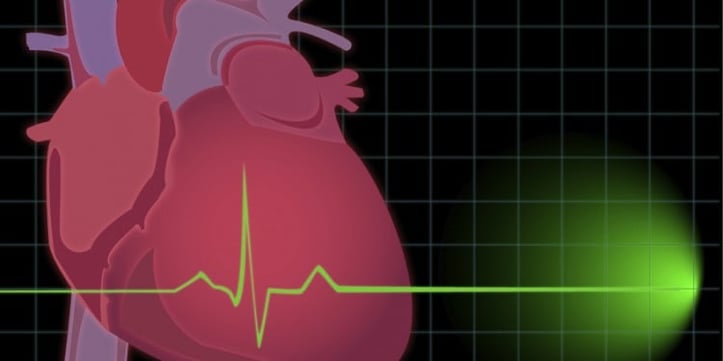
Pump Up Your Heart: Science-Driven Weight Loss

Wellness Technology: Your Path to Sustainable Weight Loss

A Sensible Guide to Dietary New Year's Resolutions
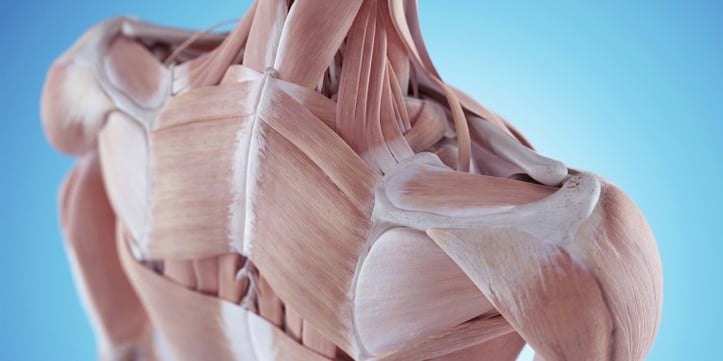
Prevent Shoulder and Rotator Cuff Injuries with Corrective Exercises

Overcome Fitness Plateaus: 4 Tips for Success

10 x 10 Thanksgiving Day Circuit: A Fitness Guide
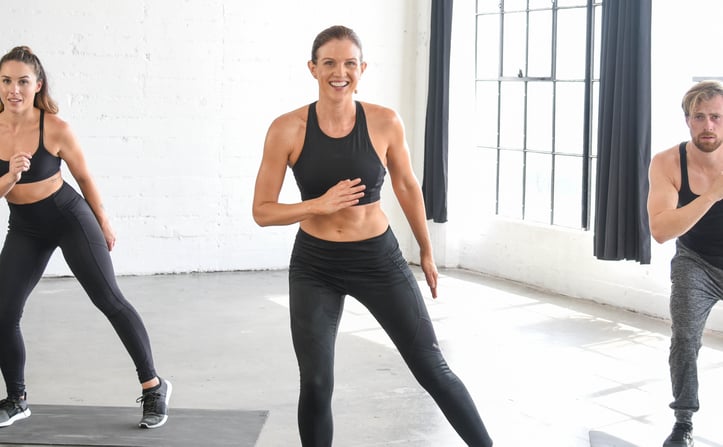
Unleash Your Fitness Potential with Kit Rich's Training Secrets

The Future of Fitness: A Guide for Beginners to Intermediates
